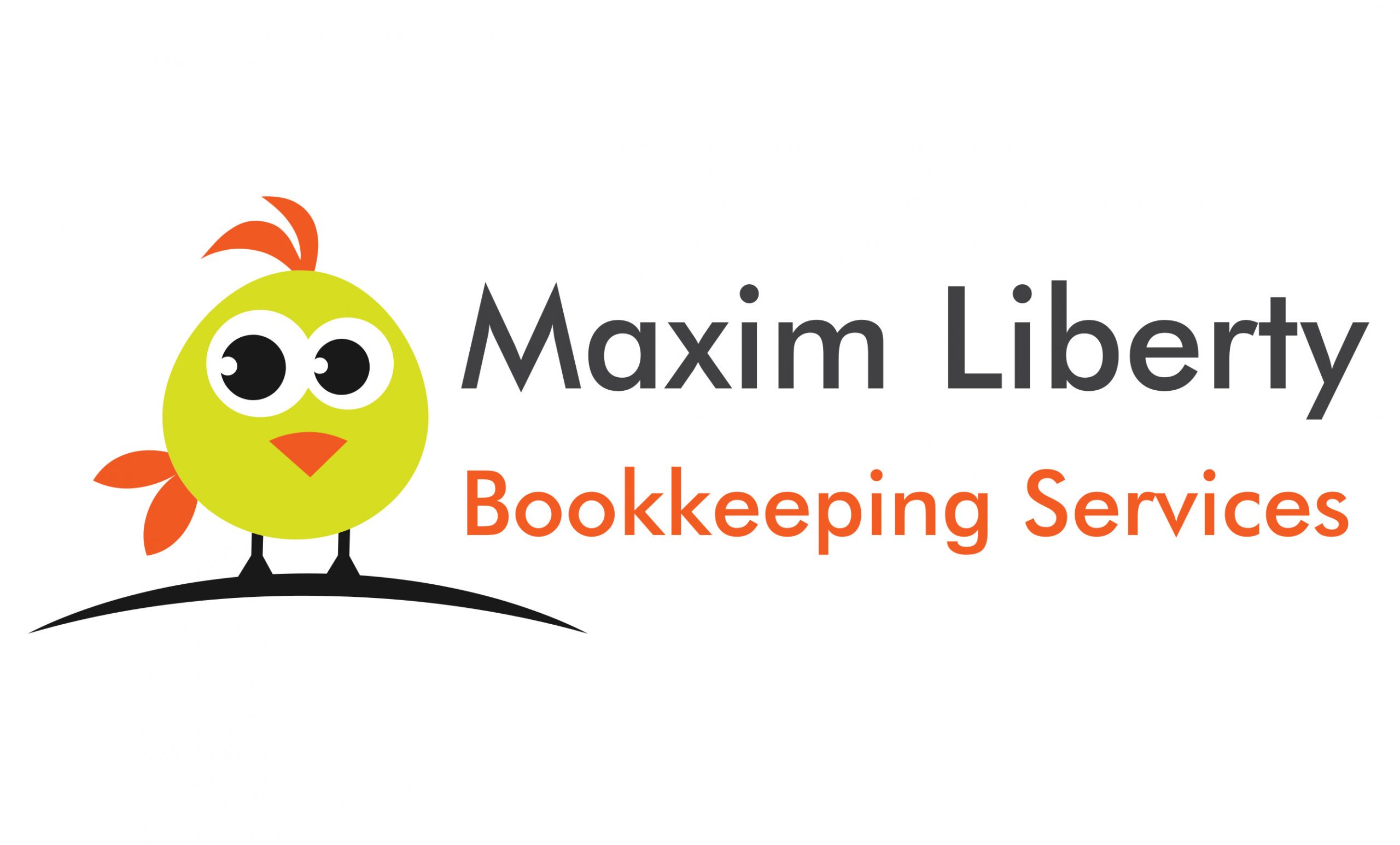Cash Flow Statement: Understanding the Life Blood of Any Business
As a small business owner or manager, it’s essential to understand the financial health of your company. One of the critical financial reports you need to review regularly is the cash flow statement. In this blog, we’ll take a closer look at what a cash flow report is, how to generate it, why it’s important as the lifeblood of any business, how to use it to improve your business, what happens when a business runs out of cash, and whether a business with high net income can still be poor in cash flow and file for bankruptcy.
What is a Cash Flow Statement?
A cash flow statement is a financial statement that shows how much cash is coming into and going out of a small business during a specific period. The report summarizes the company’s operating, investing, and financing activities and provides insights into the company’s cash position.
The report is divided into three sections: operating activities, investing activities, and financing activities. The operating activities section includes cash transactions related to the company’s core operations, such as sales and expenses. The investing activities section includes cash transactions related to the company’s investments, such as buying or selling assets. The financing activities section includes cash transactions related to the company’s financing activities, such as taking out loans or issuing bonds.
How to Generate a Cash Flow Statement
Generating a cash flow statement requires accurate and up-to-date financial records. The report can be generated manually or by using accounting software. Most accounting software, such as QuickBooks or Xero, comes with a built-in cash flow report template that can be customized to suit your needs.
To generate a cash flow report, you need to gather financial data from various sources, such as bank statements, invoices, and receipts. Once you have the data, you can input it into the software, and the report will be generated automatically.
Why is Cash Flow Important as the Life Blood of Any Small Business?
Cash flow is the lifeblood of any business. It’s the money that comes in and goes out of the company, and it’s essential for day-to-day operations. Cash flow allows businesses to pay for expenses, invest in new opportunities, and pay dividends to shareholders.
A positive cash flow means that the company has more cash coming in than going out, which is a good sign for investors and lenders. On the other hand, a negative cash flow means that the company has more cash going out than coming in, which is a red flag and may indicate financial trouble.
Cash flow is also critical for long-term success. A company may have a high net income, but if it doesn’t have enough cash to pay its bills, it may not survive. Therefore, monitoring and managing cash flow is essential for the survival and growth of any business.
How to Use Cash Flow Statements to Improve Your Business
Cash flow statements provide valuable insights into a company’s financial health and can be used to improve its operations. Here are some ways you can use cash flow reports to improve your business:
- Identify cash flow trends: Analyze cash flow reports over time to identify trends and patterns. This information can help you make better financial decisions and plan for the future.
- Manage cash flow: Use cash flow reports to manage your cash flow effectively. Make sure you have enough cash on hand to cover expenses, pay debts, and invest in growth opportunities.
- Control expenses: Analyze your cash flow report to identify areas where you can cut costs or reduce expenses. This can help you free up cash for other investments or to pay down debt.
- Forecast cash flow: Use cash flow reports to forecast future cash flow, and plan accordingly. This can help you avoid cash shortages and take advantage of growth opportunities.
- Negotiate better terms: Use your cash flow report to negotiate better terms with suppliers, lenders, and investors. A positive cash flow can give you leverage to negotiate lower interest rates or longer payment terms.
What Happens to a Small Business When it Runs Out of Cash?
When a business runs out of cash, it can lead to serious consequences, such as bankruptcy or insolvency. Here are some of the things that can happen when a business runs out of cash:
- Unable to pay bills: If a company doesn’t have enough cash to pay its bills, it may be forced to delay payments or default on its debts. This can damage the company’s reputation and lead to legal action.
- Unable to invest in growth: Without cash, a company may not be able to invest in new opportunities or take advantage of market trends. This can limit its ability to grow and compete.
- Forced to lay off employees: When a company runs out of cash, it may not be able to pay its employees. This can lead to layoffs, which can damage employee morale and productivity.
- Bankruptcy or insolvency: When a company is unable to pay its debts, it may be forced to file for bankruptcy or insolvency. This can result in the liquidation of assets and the closure of the business.
Can a Business with High Net Income be Poor in Cash Flow and File for Bankruptcy?
Yes, a business with a high net income can still be poor in cash flow and file for bankruptcy. Net income is the total amount of revenue a company earns minus its expenses. However, it doesn’t take into account the company’s cash flow.
A company can have high net income but still have negative cash flow if it’s spending more cash than it’s earning. This can happen if the company has high expenses, is investing heavily in growth opportunities, or has slow-paying customers.
If a company’s cash flow is consistently negative, it may eventually run out of cash and be forced to file for bankruptcy. Therefore, it’s essential to monitor and manage cash flow, even if the company has a high net income.
Example Cash Flow Statement for a Small Business
XYZ Inc. Cash Flow Statement for the Year Ended December 31, 2022
Operating Activities Cash received from customers: $200,000 Cash paid to suppliers: ($100,000) Cash paid to employees: ($50,000) Cash paid for rent and utilities: ($20,000) Net cash from operating activities: $30,000
Investing Activities Cash received from sale of equipment: $5,000 Cash paid for new equipment: ($10,000) Net cash used in investing activities: ($5,000)
Financing Activities Cash received from bank loan: $20,000 Cash paid for loan repayment: ($10,000) Net cash from financing activities: $10,000
Net increase in cash: $35,000 Beginning cash balance: $10,000 Ending cash balance: $45,000
This cash flow statement shows the inflow and outflow of cash for XYZ Inc. during the year ended December 31, 2022. The statement is divided into three sections: operating activities, investing activities, and financing activities.
The operating activities section shows the cash received from customers and the cash paid for expenses such as suppliers, employees, and rent and utilities. The net cash from operating activities is $30,000.
The investing activities section shows the cash received from the sale of equipment and the cash paid for new equipment. The net cash used in investing activities is ($5,000).
The financing activities section shows the cash received from a bank loan and the cash paid for loan repayment. The net cash from financing activities is $10,000.
The net increase in cash for the year is $35,000, and the beginning cash balance is $10,000. The ending cash balance is $45,000.
This cash flow statement provides a snapshot of XYZ Inc.’s cash position for the year, which can be used to make informed decisions about the company’s finances.
Conclusion
A small-business cash flow statement is a critical financial statement that shows how much cash is coming into and going out of a business. It’s essential for monitoring and managing a company’s financial health and can be used to improve its operations. Cash flow is the lifeblood of any business, and a positive cash flow is essential for long-term success. Without cash, a business may not be able to pay its bills, invest in growth opportunities, or even survive. Therefore, it’s essential to monitor and manage cash flow effectively to ensure the survival and growth of any business.

